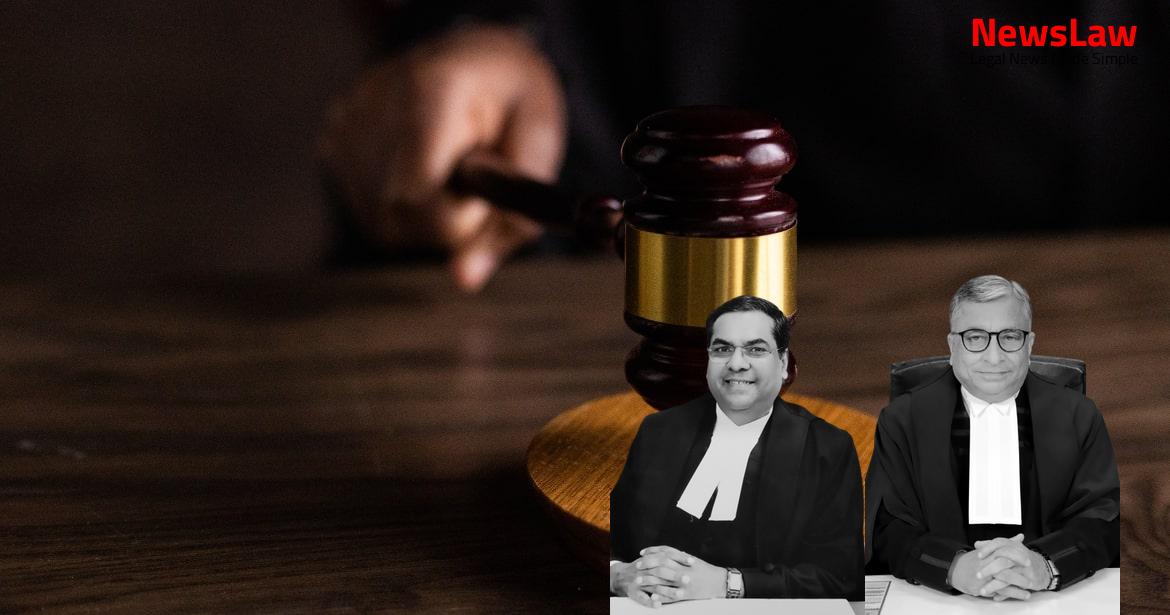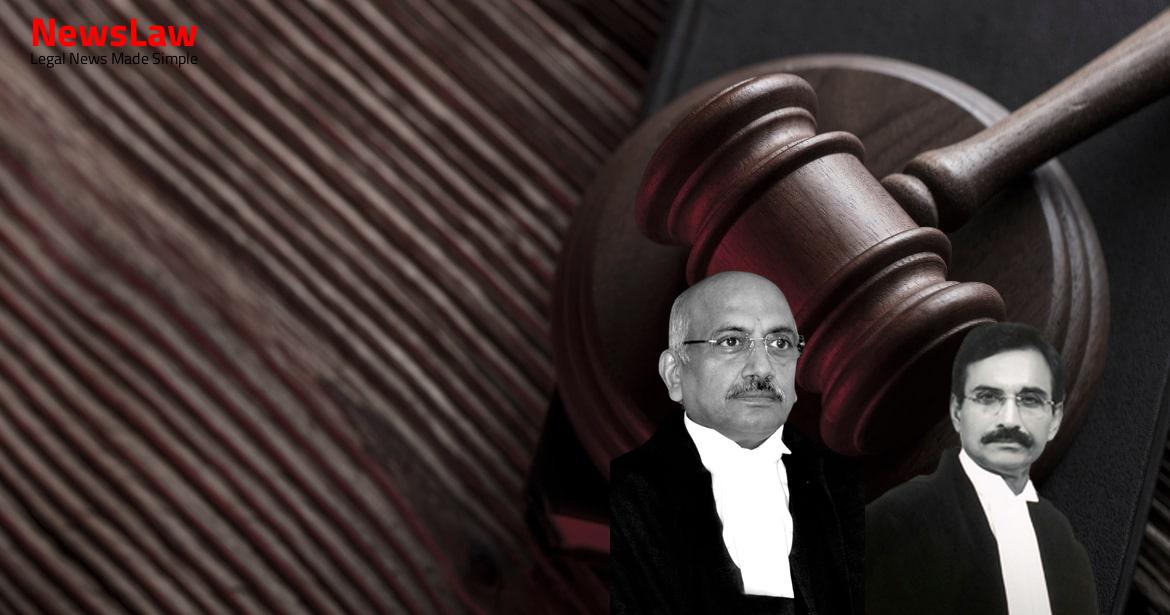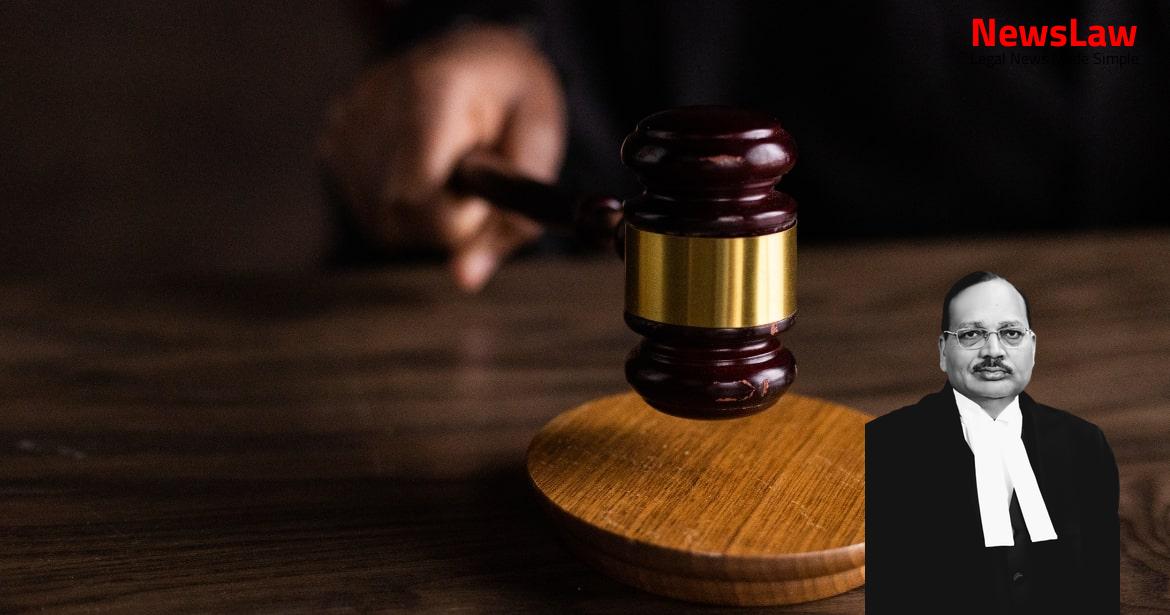In a crucial legal battle, the Supreme Court of India has pronounced its judgment on the case involving Satish Kumar and Dhajja Ram against the State of Punjab. The Court’s decision tackles complex issues surrounding the conviction and sentencing of the individuals, shaping the course of legal justice in the country.
Facts
- Conviction of Satish Kumar and Dhajja Ram under Section 506 read with Section 34 of the Code for which they have been sentenced to one year of rigorous imprisonment and a fine of Rs. 1,000 each with default stipulation.
- Additionally convicted under Section 323 read with Section 34 of the Code and sentenced to six months of rigorous imprisonment and a fine of Rs. 500 each, with default stipulation for further imprisonment.
- The impugned judgment passed by the Punjab & Haryana High Court on September 19, 2008, affirms the conviction of Satish Kumar and Dhajja Ram for the murder of Shamsher under Section 302 read with Section 34 of the Indian Penal Code.
- Satish Kumar has been sentenced to life imprisonment and a fine of Rs. 10,000 with a default stipulation for further rigorous imprisonment of two years.
- Dr. R. K. Nandal’s cross-examination revealed inconsistency in reports and doubts regarding whether the injury was sufficient to cause death.
- Due to ambiguity and contradictions, the benefit of doubt is given to the appellant.
- The bodily injury intended to be inflicted was not proven beyond doubt to cause death in the ordinary course of nature.
- The appellant’s conviction is converted from Section 302 to Part I of Section 304 of the Code.
- Other convictions are maintained.
- The appellant was on bail and had already undergone seven years of sentence.
- The appellant will not be re-incarcerated and sent to jail.
Also Read: Judgment in the Case of Sundew Properties Ltd. v. TSERC & APTEL
Analysis
- The High Court and trial Court found Dhajja Ram and Satish Kumar guilty of giving ‘Lathi’ blows to deceased Shamsher based on his statements to witnesses, which were considered dying declarations.
- Medical evidence showed bruises and contusions on various body parts of Shamsher, with significant injuries to the head and spinal joint.
- Witnesses testified to the involvement of the appellant and Dhajja Ram in the violent incident, citing the motive related to objections over relations between different ‘Gotra’ communities.
- The primary question is whether the appellant’s conviction for murder under Section 302 can be justified or if it should be converted to Section 304 Part I of the Code based on the circumstances.
- The dying declaration indicated specific actions by the appellant and Dhajja Ram, correlating with the injuries observed on Shamsher during medical examination and post mortem.
- The head injury was identified as the sufficient cause of death, reinforcing the severity of the assault.
- Overall, the analysis supports the conviction of the appellant for murder as per Section 302 of the Indian Penal Code.
Also Read: High Court Judgment on Renewal of Mining Leases: State of Odisha vs. Thakurani Global Processors
Decision
- The cause of death was determined to be a head injury.
- The appellant has been ordered to pay a fine of Rs. 1,000/- with the alternative of undergoing one month of simple imprisonment in default of payment.
- The conviction and sentence of the appellant for other offenses have been upheld.
Also Read: Arvind Kejriwal vs. Directorate of Enforcement: Interim Bail Granted by Supreme Court of India
Case Title: SATISH KUMAR Vs. THE STATE OF HARYANA
Case Number: Crl.A. No.-001835-001835 / 2010



